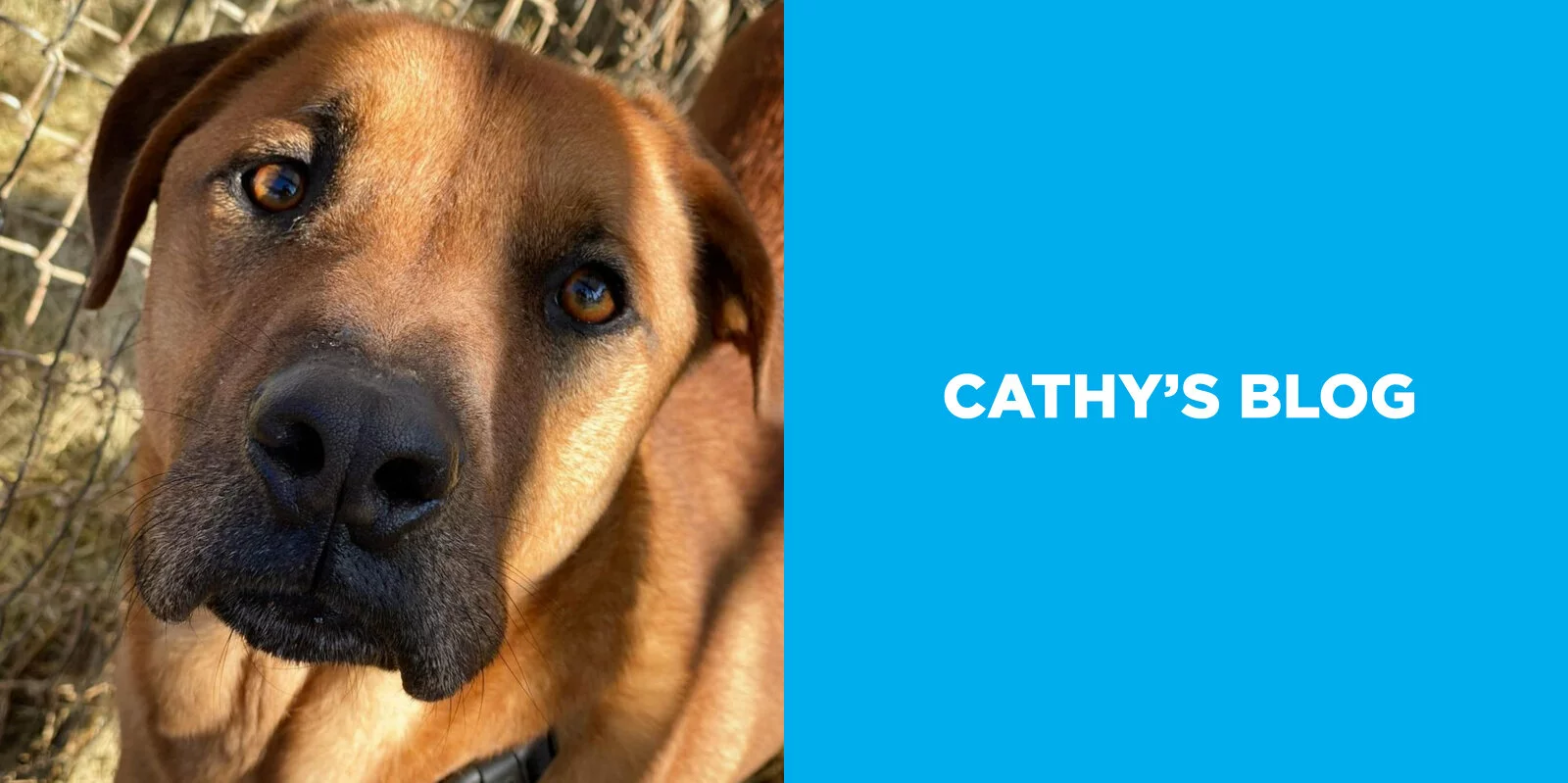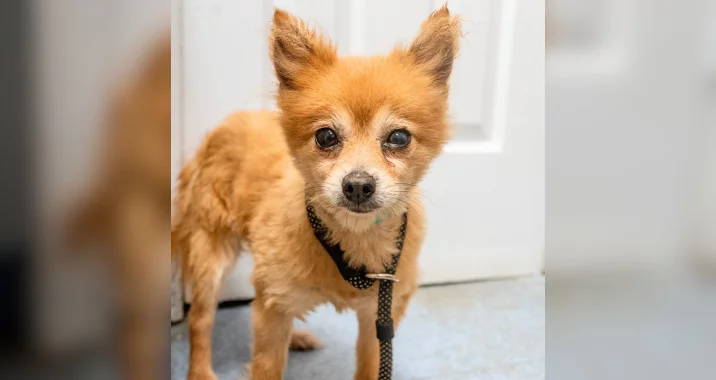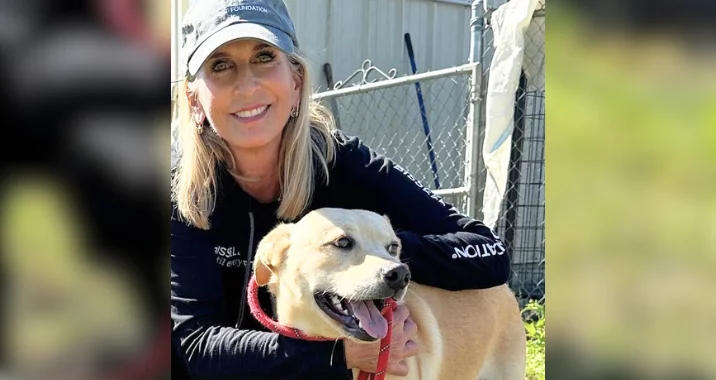Be Fair. Until EVERY pet has a home.
At BPF, we’ve been encouraging our transport receiving partners to be fair regarding the selection of pets for transfer. While many organizations would prefer only to transfer in “smalls” or puppies from a shelter struggling with overpopulation, the small dogs and puppies are not the issue with overcrowding. In fact, taking these pets out of the shelter worsens the overpopulation problem. I hope we can all agree to recognize and stop this practice.
Removing all the small and medium dogs, puppies, kittens and purebred dogs from a shelter discourages the community members looking for these types of pets. If the shelter is thought only to have one type of dog, we risk the community turning to puppy mills or backyard breeders to procure their pets. Diversifying the shelter population ensures that we are making strong, lasting love matches. Variety encourages foot traffic which often proves fruitful for the large dog population. After all, it is nearly impossible to resist a dog once they get into your heart, and it may not be the dog the adopter thought they desired. When the mother and son go to look at a cocker spaniel, they might fall in love with the blue and white pit bull that smiles from ear to ear at the little boy.
Furthermore, the absence of small and medium dogs, puppies and kittens in southern animal shelters perpetuates the need to euthanize for space. If transports don’t include large dogs and dogs that need “work” to be adopted, those dogs soon will fill every kennel and every run in the shelter. Word on the street becomes that the shelter only has big dogs, and it’s true. This decreases foot traffic for the wonderful pets left behind, often to die.
Every destination shelter’s responsibility is to accept a mixed population with every transport. If you are not doing this, you may be contributing to the problem. We all have to look at transport differently to address the next level of homeless pets. If destination shelters ask for “only dogs under 30 pounds,” we will never get to a place where every pet has a home. I understand that larger dogs may stay a bit longer in your adoption program; let’s get creative to get them in homes faster.
Source shelters, when a destination is only taking your small dogs and puppies, they are not a partner. Leaving certain populations behind with no hope for adoption does not pass the equity test. Require all destinations to take a mixed ratio and stick to it. Maybe it’s one large dog per two dogs under 35 pounds or two large dogs per litter of pups (including the mom). By doing this, you are ensuring that your population is diversified to increase community adoptions. While the initial conversation with current partners may be uncomfortable, your stance will bring new relationships.
Please forgive my tone if this sounds harsh. My team and I have spent time in Louisiana and Texas over the last few weeks, and my heart broke walking past big beautiful labs, huskies, pit bulls, wiggly with every ounce of their being for my attention. So, I am asking you all, please set an example for others. Do not leave these dogs behind. Regardless of the size, all dogs need our protection and love, and it starts with you, the receiving shelters. Set the tone in your community and the sheltering industry. No one said homing this last population of shelter pets would be easy, but they are our responsibility, no matter how much they weigh.
Until every pet has a home,
Cathy Bissell



